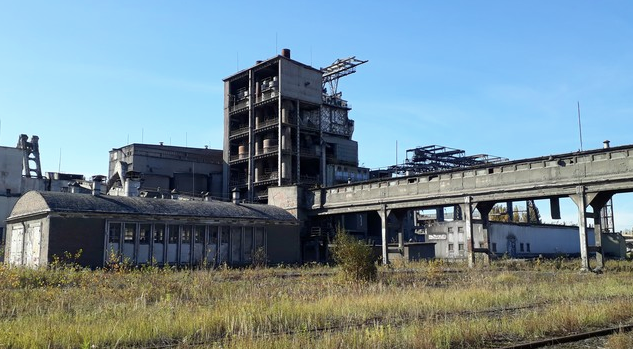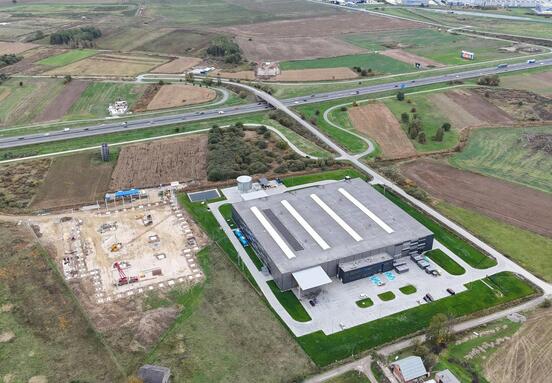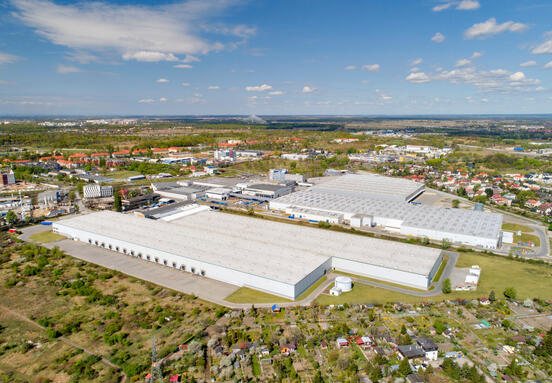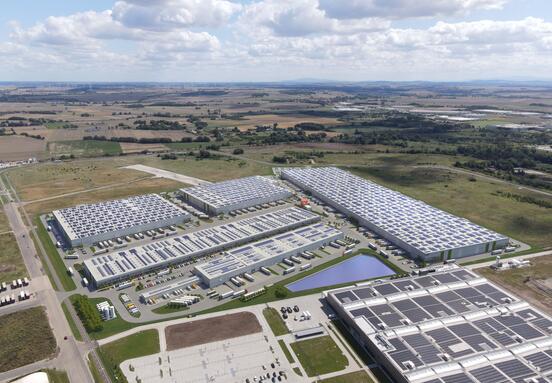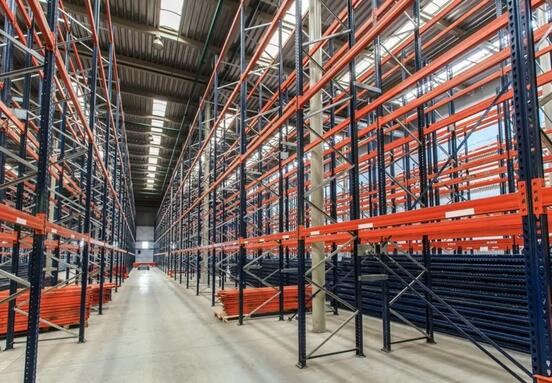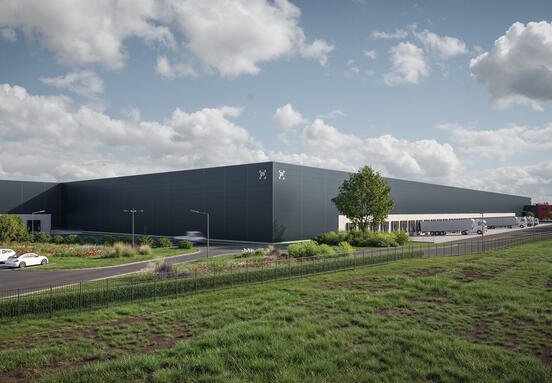Brownfield as part of the circular economy. Former industrial sites are becoming more popular, not only because of their locations but also because developing such sites fits very well with investing in the circular economy. The principles of the circular economy make up one of the pillars of the developer's environmentally sustainable development policy otherwise known as Go Earthwise with Panattoni. This is because taking such action significantly reduces waste. The material collected during the demolition is treated as a by-product and re-used in construction work or for other purposes. This significantly reduces waste, limits the use of raw materials and also makes less use of current landfills as the materials are used again. But it is not only the re-use of materials from demolished buildings in new constructions that investing in former industrial sites facilitates. "The biggest challenges are environmental. Industrial sites are most frequently degraded sites left to run wild with contaminated soil and groundwater. Demolition work needs to be done but also they require remediation of the polluted land to limit the risks to the natural environment and to people's health," explains Piotr Kociołek, the Environmental Director at Panattoni.
One such Panattoni project is the demolition that has already been begun on the concrete production plant in Kraków's Nowa Huta district on ul. Cementowa. Before work was begun the historic industrial usage of the entire site was researched and water and soil samples were taken to determine the extent of the pollution. The entire reinforced concrete from the dismantled cement plant is to be recycled – the steel is to be salvaged and sent to the foundry as scrap metal, while the concrete is to be crushed again and used as aggregate for the building materials used to construct the new park — City Logistics Kraków I with a combined area of 36,500 sqm. The first building is to be ready in September and already has its first tenant. Logistics operator InPost is to occupy 9,000 sqm. The next building of 22,000 sqm is to be completed a little later.
Work has also begun on the construction of a park on the site of a former grain elevator in the centre of Konin. The tall abandoned building, which had eleven floors, with masts for telephone base stations on the roof, could be seen from almost everywhere in the town and was a blot on the landscape. As part of the renewal of this area, the old building has been dismantled. (the tower was brought down with explosives) and the materials were recycled. The soil was remediated because the site was also once used as a petrol station. The first new building of 6,500 sqm has been constructed on the decontaminated land and more are planned.
In this way both in Kraków and Konin, old degraded land will be given a new lease of life through new construction work. Local residents will benefit since such developments mean new jobs. The surroundings will also benefit because re-using and remediating old land protects the surface soil and new buildings, unlike the old constructions, will fulfil the highest environmental standards. As part of Panattoni's environmentally sustainable development policy, the environmental impact of both projects is to be assessed and they are to be certified under BREEAM for a minimum rating of 'Very Good'.
Developments on former industrial land now make up just over 10% of all of Panattoni's projects and this proportion is rapidly rising. Just in the first three quarters of 2020, brownfield developments accounted for 35% of the space that was handed over. Another example of such a development is the Szczecin Załom park, built on the site of a former factory producing aircraft engines for German Junkers, which then became a cable production plant. The developer had to deal with deep and very extensive land contamination. The remediation, the effectiveness of which was confirmed by the Regional Directorate of Environmental , was largely dependent on biological mechanisms used on site as well as filling in the excavations with decontaminated soil. Many similar sites can be found across Silesia such as the redevelopment of a housing factory in Zabrze as well as a slag heap left over from the mining industry in Ruda Śląsk.
